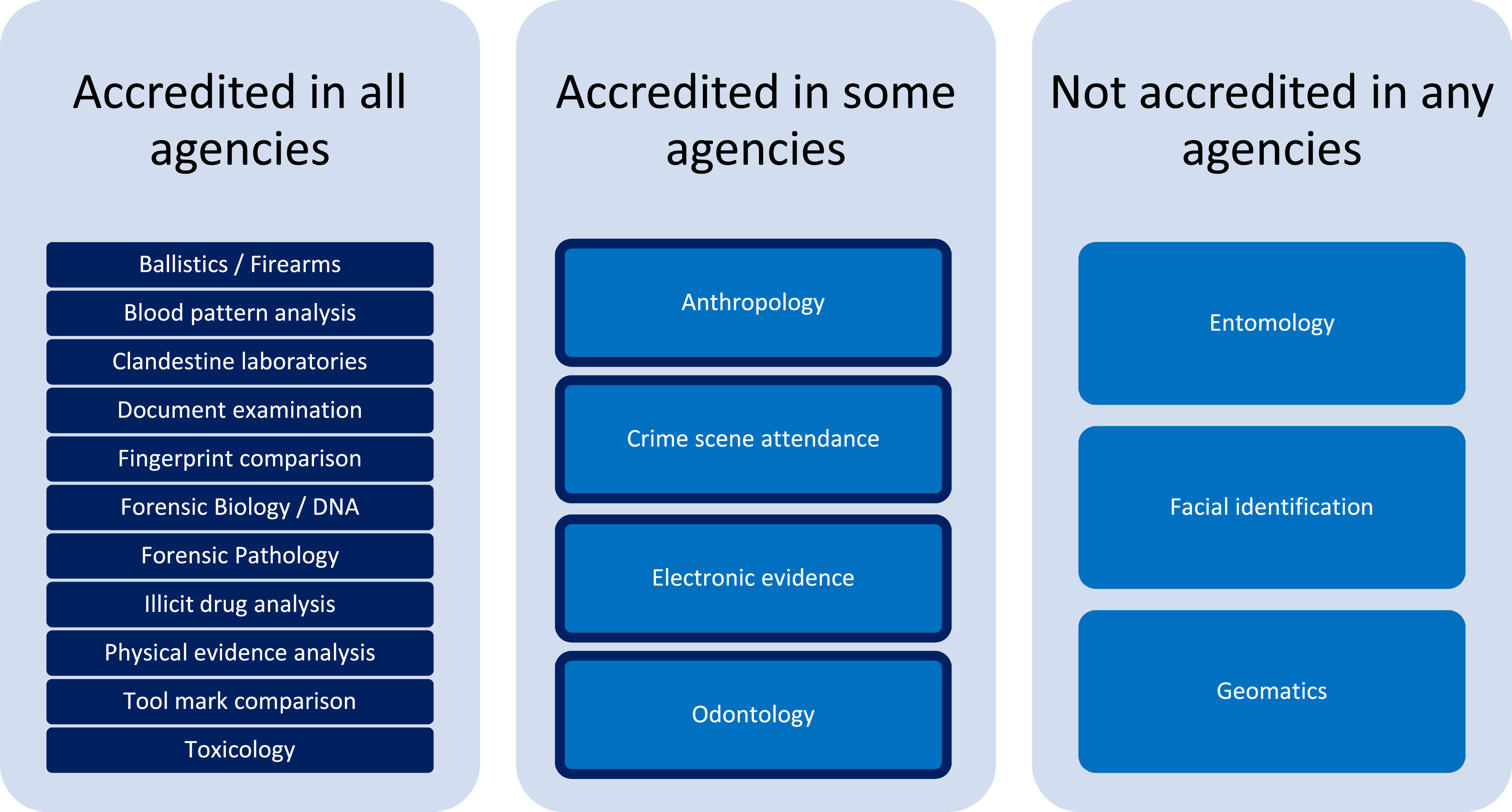Difference between revisions of "Main Page/Featured article of the week/2024"
Shawndouglas (talk | contribs) (Created as needed.) |
Shawndouglas (talk | contribs) (Added last week's article of the week) |
||
| Line 22: | Line 22: | ||
'''"[[Journal:Thirty years of the DICOM standard|Thirty years of the DICOM standard]]"''' | '''"[[Journal:Thirty years of the DICOM standard|Thirty years of the DICOM standard]]"''' | ||
[[DICOM|Digital Imaging and Communications in Medicine]] (DICOM) is an international standard that defines a format for storing [[Medical imaging|medical images]] and a protocol to enable and facilitate data communication among medical imaging systems. The DICOM standard has been instrumental in transforming the medical imaging world over the last three decades. Its adoption has been a significant experience for manufacturers, healthcare users, and research scientists. In this review, 30 years after introducing the standard, we discuss the innovation, advantages, and limitations of adopting DICOM and its possible future directions ... ('''[[Journal:Thirty years of the DICOM standard|Full article...]]''')<br /> | [[DICOM|Digital Imaging and Communications in Medicine]] (DICOM) is an international standard that defines a format for storing [[Medical imaging|medical images]] and a protocol to enable and facilitate data communication among medical imaging systems. The DICOM standard has been instrumental in transforming the medical imaging world over the last three decades. Its adoption has been a significant experience for manufacturers, healthcare users, and research scientists. In this review, 30 years after introducing the standard, we discuss the innovation, advantages, and limitations of adopting DICOM and its possible future directions ... ('''[[Journal:Thirty years of the DICOM standard|Full article...]]''')<br /> | ||
|- | |- | ||
|<br /><h2 style="font-size:105%; font-weight:bold; text-align:left; color:#000; padding:0.2em 0.4em; width:50%;">Featured article of the week: | |<br />//--><h2 style="font-size:105%; font-weight:bold; text-align:left; color:#000; padding:0.2em 0.4em; width:50%;">Featured article of the week: January 01–07:</h2> | ||
<div style="float: left; margin: 0.5em 0.9em 0.4em 0em;">[[File: | <div style="float: left; margin: 0.5em 0.9em 0.4em 0em;">[[File:Fig1 Heavey ForSciIntSyn2023 7.jpg|240px]]</div> | ||
'''"[[Journal: | '''"[[Journal:Management and disclosure of quality issues in forensic science: A survey of current practice in Australia and New Zealand|Management and disclosure of quality issues in forensic science: A survey of current practice in Australia and New Zealand]]"''' | ||
The | The investigation of [[Quality (business)|quality]] issues detected within the [[Forensic science|forensic]] process is a critical feature in robust [[quality management system]]s (QMSs) to provide assurance of the validity of reported [[laboratory]] results and inform strategies for [[Continual improvement process|continuous improvement]] and innovation. A survey was conducted to gain insight into the current state of practice in the management and handling of quality issues amongst the government service provider agencies of Australia and New Zealand. The results demonstrate the value of standardized quality system structures for the recording and management of quality issues, but also areas where inconsistent reporting increases the risk of overlooking important data to inform continuous improvement ... ('''[[Journal:Management and disclosure of quality issues in forensic science: A survey of current practice in Australia and New Zealand|Full article...]]''')<br /> | ||
|- | |- | ||
|} | |} | ||
Revision as of 19:49, 8 January 2024
|
|
If you're looking for other "Article of the Week" archives: 2014 - 2015 - 2016 - 2017 - 2018 - 2019 - 2020 - 2021 - 2022 - 2023 - 2024 |
Featured article of the week archive - 2024
Welcome to the LIMSwiki 2024 archive for the Featured Article of the Week.
Featured article of the week: January 01–07:The investigation of quality issues detected within the forensic process is a critical feature in robust quality management systems (QMSs) to provide assurance of the validity of reported laboratory results and inform strategies for continuous improvement and innovation. A survey was conducted to gain insight into the current state of practice in the management and handling of quality issues amongst the government service provider agencies of Australia and New Zealand. The results demonstrate the value of standardized quality system structures for the recording and management of quality issues, but also areas where inconsistent reporting increases the risk of overlooking important data to inform continuous improvement ... (Full article...) |










